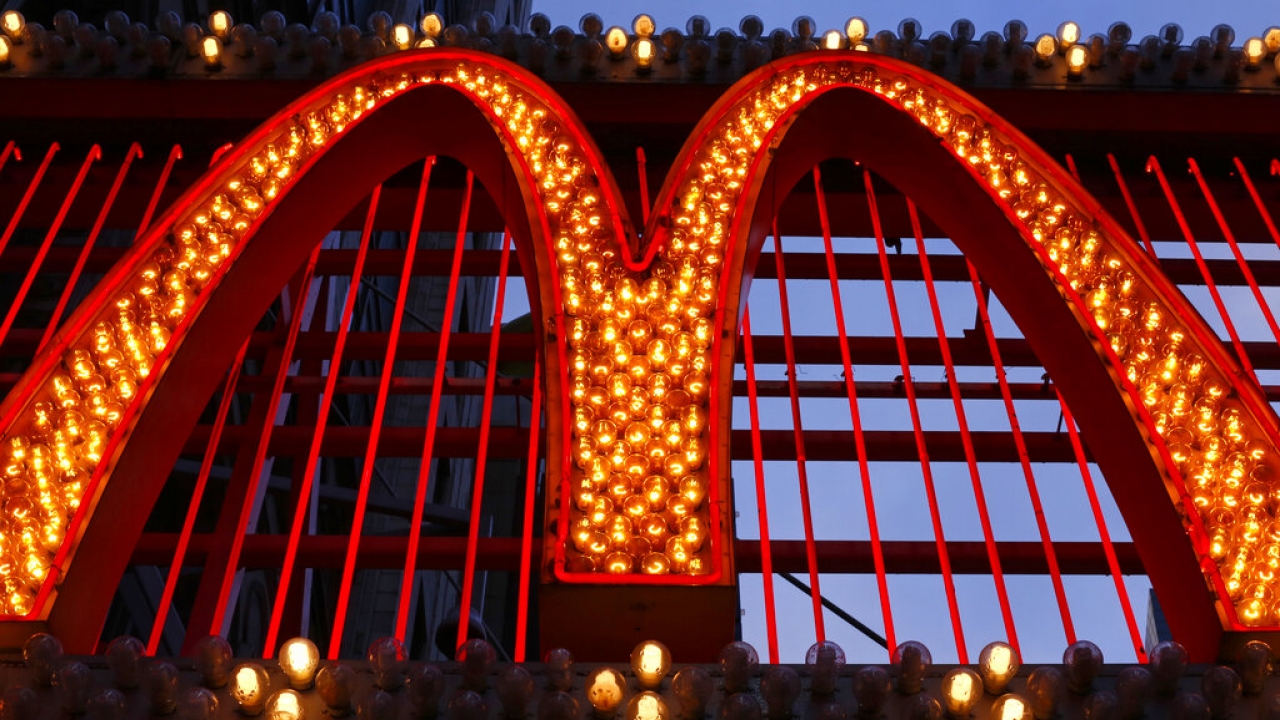Many restaurants in New York City will soon be required to show the added sugar content of items on menus after Mayor Eric Adams signed the Sweet Truth Act into law.
The law requires restaurants with 15 or more locations in the city to post added sugar content. The City of New York estimates that 2,000 restaurants will fall under the new law.
The bill was approved by the City Council earlier this month by a 44-7 margin.
Added sugars differ from total sugars, as added sugars are generally used during the processing of food. According to the U.S. Department of Agriculture, added sugars generally come from syrups and honey, and sugars from concentrated fruit or vegetable juices.
Total sugars can also include sugar that comes naturally from foods. For instance, one medium banana has 14 grams of sugar but zero grams of added sugar.
The USDA recommends limiting added sugars to 50 grams per day for those who consume a 2,000-calorie-per-day diet.
"New Yorkers will soon be able to see at a glance when their fountain soda or combo meal has more than a whole day's worth of added sugars, empowering consumers with information to make better choices for themselves and their families and also encouraging the food industry to present healthier options," said Deanna Nara, senior policy associate with the Center for Science in the Public Interest.
Generally, sweeter menu items would have more added sugar. At McDonald's, a medium Big Mac combo meal that includes a diet cola and fries would have about nine grams of added sugar. A regular McFlurry, however, has 48 grams of added sugar.
Nara said that added sugar is particularly concerning for its negative health effects.
"Unlike the natural sugars found in unprocessed foods and vegetables, added sugars are concentrated empty calories whose excess consumption has been linked to excess body weight in children and adults. And because they lead to weight gain, sugary drinks also contribute to Type 2 diabetes and heart disease," Nara said.
Approval of the bill came after dozens of advocates attended a February council hearing urging passage. Many supporters of the bill said that consumers frequently underestimate the amount of added sugar in their meals at restaurants.
"High amounts of added sugars in New Yorkers' diets are a major contributor to diet-related chronic diseases like Type 2 diabetes, heart disease, liver disease, dental caries and overweight and obesity," said Robert Pezzolesi, founding convener of the Interfaith Public Health Network "Moreover, these diseases and conditions inequitably impact communities of color and New Yorkers living in poverty."
Whether these warnings would have a measurable impact on health remains in question. Earlier this year, an online experiment led by the University of California, Davis, found that adding warning labels to menu items reduced the probability of someone ordering a high-added sugar item by 2.2%.
While only 21% of those participating in the experiment even reported noticing the labels, those who did ordered, on average, items with 4.9 fewer grams of added sugar.
“Given the frequency of restaurant food consumption, these modest effects could lead to meaningful changes in sugar intake at the population level, and the labels should motivate restaurants to reduce the added-sugar content of their menus,” said Jennifer Falbe, lead author of the University of California, Davis study.







